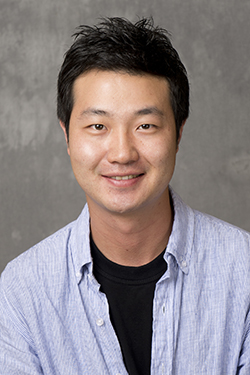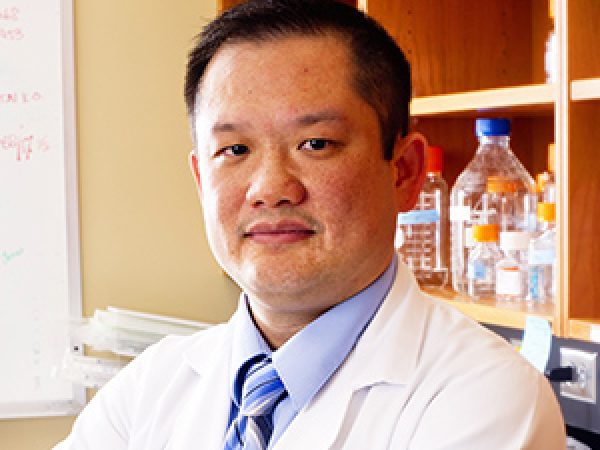AACR Annual Meeting 2016: Can a Universal Adaptor Overcome CAR T-cell Immunotherapy Limitations?
In a study presented at the AACR Annual Meeting 2016 on April 19, researchers engineered an organic bispecific adaptor molecule that can serve as a bridge between a chimeric antigen receptor (CAR) T cell and a cancer cell, and, using animal models, demonstrated how this adaptor can potentially overcome some of the limitations posed by CAR T-cell immunotherapy technologies.
As I’ve discussed on this blog before, investigational CAR T-cell therapies are showing promise for treating certain blood cancers; however, there are some challenges in extending their application to many tumor types.
Lead author of the study, Yong Gu Lee, a graduate student in the laboratory of Philip S. Low, PhD, professor of chemistry and director of the Center for Drug Discovery at Purdue University, explained these limitations in detail:
First, existing technology only allows for developing CAR T cells to target one particular protein present in tumor cells, which means that new CAR T cells have to be genetically engineered for each different cancer cell that expresses a different target protein. Second, engineered T cells are highly cytotoxic, and with current technology it is not possible to stop them from functioning once tumor cells are eliminated. Third, the target proteins present on cancer cells are also often present on normal cells, which means that the CAR T cells can cause off-target toxicity leading to serious side effects.
Designing the organic bispecific adaptor
To overcome these limitations, Lee and colleagues engineered an adaptor using small organic molecules, and attached a yellow dye, fluorescein isothiocyanate (FITC), on one end and a ligand on the other end that can bind to a specific protein present on a tumor. The ligand can be designed to target many different tumor proteins, such as the folate receptor, which is present on about one-third of human cancers, and prostate-specific membrane antigen, which is present in prostate cancer tumors.
Next, they engineered second-generation CAR T cells based on existing technology and incorporated an anti-FITC antibody fragment into the intracellular domain of CD137 and CD3 zeta chain so it can bind to the FITC end of the adaptor molecule.
How does this work?
If a patient were to receive CAR T cells and adaptor molecules, the adaptor molecule would bind to the CAR T cell at the FITC end and to the tumor cell at the ligand-binding end.
Because the tumor cell is recognized by the adaptor and not by the CAR T cell itself, the same CAR T cell can be targeted to multiple distinct tumor cells expressing non-overlapping (orthogonal) tumor-specific antigens, simply by administering a cocktail of the correct antigen-matched adaptor molecules. The adaptors survive for no more than 20 minutes in the blood circulation, which means it is possible to control the rate and extent of tumor cell killing and cytokine release in order to avoid serious adverse effects (e.g., tumor lysis syndrome and/or cytokine storm), Lee explained.
“We tested our technology in animal models and learned that our CAR T cells are only able to eradicate tumor cells when the correct antigen-matched adaptor molecules are administered,” Lee said. “Moreover, we have demonstrated that we can eliminate two different tumor cell types in the same animal by administering a mixture of the desired adaptor molecules.”
“This technology has the potential to extend CAR T-cell immunotherapy beyond its current reach,” noted Low.
Low and colleagues are in the process of patenting their technology.





